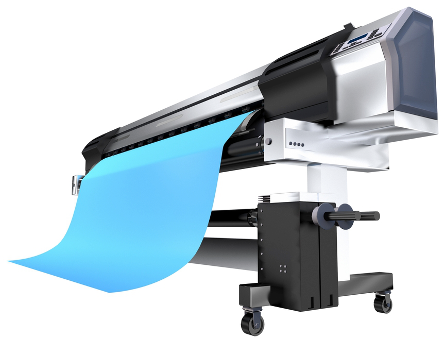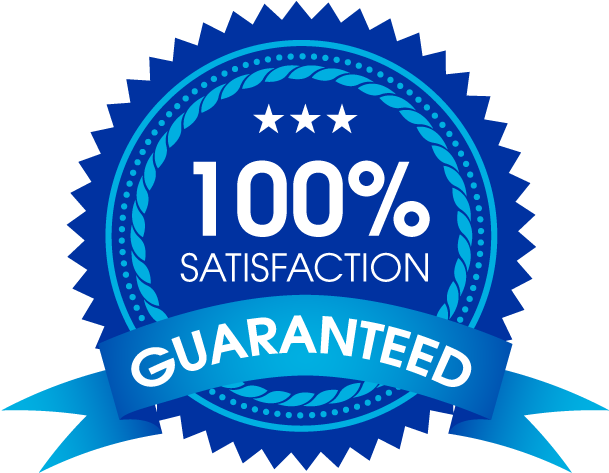A Buyer‘s Guide for Wide Format Printers
If you tend to print things with a medium that rests between 18” and 100”, you are one person in need of a wide format printer. These printers, which are also known as large format printers, allow you to print various items on mediums of large size like banners, signs, posters, and other graphics.
Typical of all printers, the wide format printers have a variety of processes, models, styles, and capabilities for their printing uses. They will also vary in their speed and print width. All of these factors are important for considering your wide format printer, especially when looking at the cost and print quality influences. In this case, your budget and printing needs will decide what you need to get.
The Users
Most of the people who choose to purchase a large format printer are from commercial printing companies. These are usually like copy and print shops. These printers are also increasingly popular with graphic designs and other organizations that use onsite copy services. For instance, contractors tend to use these printers to help them create the printouts of their CAD drawings for the job. Construction firms and architecture companies will use a wide format printer to print off the plotter and blueprints needed for the jobs.
Some people use these printers for personal use, but most are design for use by professionals only. The cost is usually a factor that drives these printers toward more commercial use overuse in the home office.
Applications
If you are wondering what sort of applications you can use for a wide format printer, there are several different applications that make the printer worthwhile. Here are a few of these applications:
- CAD drawings
- Posters
- Murals
- Banners
- Electronic schematics
- Image wraps (vehicles)
- Wallpaper
- Signage
- Stage backdrops
There are also several mediums that can be used for the printed images from the printer, which are typically for artistic purposes. Many of these mediums include things like canvas, glass, foam boards, ceramics, metal, vinyl, wood, and metal.
The Ink
Similar to a standard printer, the ink type used in most wide-format models will tell you the curing and coloration during the printing process. There are three basic types
The aqueous ink type is a water-based ink, which is given by the name, and it uses pigments or dyes to create the coloration. The dye inks are a vibrant source of color that has a lower UV resistance than typical ink. These prints are laminated to resist fading, especially if they are going to be used outdoors. The UV ink colors aren’t nearly as vibrant, but they will resist fading without the need for lamination.
Dye sublimation is an ink source that creates a photo-like quality of the print. An inkjet option will produce a waterproof print by using UV light to cure the ink on the print. Typically, this is a popular option for wood, ceramics, glass, and vinyl that doesn’t typically take ink very well.
Solvent inks are non-water based inks, and they are typically called acetone, slow-dry glycol ester, quick-dry petroleum, or glycol ether ester, which are commonly called eco-solvents. The printers are waterproof, and units are directly printed onto the material like foam boards or uncoated vinyl.
The Types
When looking for a wide format printer, there are three different types to consider based on your unique needs.
Flatbed printers are simply printers that print the design onto a flat item. This printing method can be flexible or rigid, and they will typically hold up to a 2” thick surface for the printing. These materials include things like paper, glass, metal, wood, plastics, and foam boards.
Roll-to-roll printers are ideal for those that need flexible printing material. They feed the material into an uptake reel. Typically, commercial printers use these options since they produce the best banner, signage, and posters.
Hybrid printers are just a good mix of each type of printer, roll-to-roll, and flatbed. These printers allow you to use both types of materials, and it is often easy to change between both materials. These are the most cost-effective for many companies that often print work on both types of materials.
Speed and Quality
Before you can purchase, you need to look at the speed and quality of the printers. When it comes to the printing quality, you should look at several bits of information like the resolution of the printer, the number of ink cartridges, and even the droplet size of the ink.
The speed is another matter, but it is important. The toner printers will indicate speed based on the prints that the unit can create each minute. Inkjet printers will determine speed by the number of square feet that the printer will create by the minute or the hour. Sometimes, high speed and high quality are not equal factors. The higher quality prints will take longer to print, so quality should always be a factor in the speed.
Cost
There are various prices for these types of printers. Just the average cost of these printers ranges between $4,000 and $5,000 for inkjet options, and the toner-based options sit around $8,000 and $10,000.
There are still some wide format printers that have scanner capabilities. These are going to cost around $12,000 for each model, but like the other printers, the price varies widely depending on the model, brand, and ink cartridge type.

